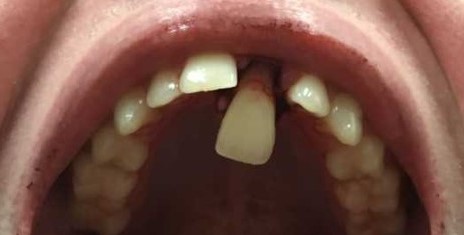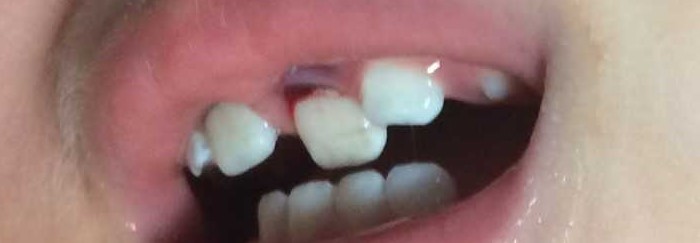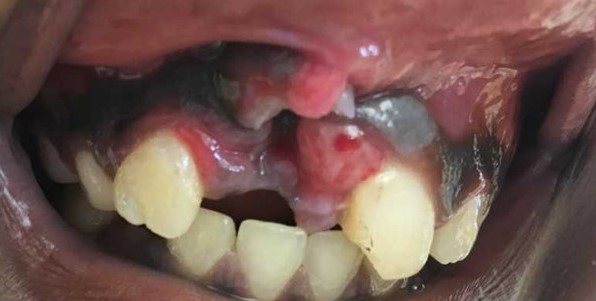Dental Trauma or Infection Clinical Pathway — Emergency Department
Dental Trauma or Infection Clinical Pathway — Emergency Department
Luxation Injuries of Permanent Teeth
The primary concern of luxation injuries in permanent teeth is increased mobility of the tooth which results in pain, and in some cases, injury to the root and nerve of the tooth. Treatment of these injuries depends on the extent of mobility, and frequently, these teeth require splinting in the emergency department and possible root canals in the future.
| Injury | Clinical Signs | Management | Follow-Up |
|---|---|---|---|
| Subluxation |
|
|
Personal dentist or Penn Dental Medicine |
| Extrusive Luxation |
 |
|
Personal dentist or Penn Dental Medicine |
| Lateral Luxation |
 |
|
Personal dentist or Penn Dental Medicine |
| Intrusive Luxation |
 |
|
Personal dentist or Penn Dental Medicine to assess potential need for root canal |